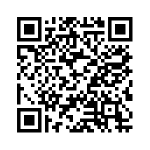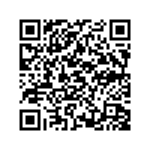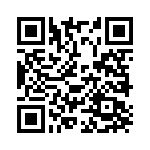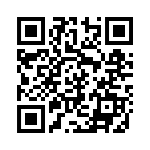17 Blanket Stitch
Sheri Deaton
Blanket Stitch
What is a blanket stitch?
A blanket stitch is generally used to bind a raw edge or reinforce the edge of a thicker material. The purpose of this stitch can be both practical because it helps reduce fraying and it is also a decorative stitch which can add interest to the item constructed.
Blanket stitches could also be referred to as cable stitches or crochet stitches. Regardless of the name, it is important to note that the blanket stitch is visible on both sides of the garment; therefore, consistent spacing and depth of stitches are essential to creating a unified look and stable edge.
Blanket stitches can be created by sewing blanket stitches by hand, using a serger, or through the blanket stitch setting on the sewing machine. Read your machine’s sewing manual to correctly identify the appropriate setting, if applicable.

TIP: If you have an apparel production lab with access to a serger, consider introducing students to the serger’s abilities to create a blanket stitch to finish an edge. Teach, practice, and monitor safety when using sergers in the classroom (Deaton, 2021).
Blanket Stitch Basics
- Thread the needle and make a double knot at the end of the thread.
TIP: Watch the videos embedded at the end of this chapter for a quick review of how to create a double knot at the end of the thread. Just like there is “more than one way to Wal-Mart” there is more than one way to tie a knot at the end of the thread. Allow students opportunities to explore various options to determine which style works best for them.
- Place the needle through the fabric, about ¼” from the raw edge. Do not pull the needle all the way through, but rather loop the thread around the needle.
- Pull the needle through the fabric.
- Move to the left and repeat the stitch, keeping distances between stitches even.
TIP: Make marks on your fingers to indicate the depth and width of the stitches you are making. Using this technique, you can sew more consistent stitches in a faster manner.
- Finish the seam with a back-tack knot.
TIP: For a quick review of how to create a back-tack knot to finish a seam, watch the videos embedded at the end of the chapter. Allow your students multiple opportunities to practice and refine this skill, as this is an essential skill for every hand-sewing project.
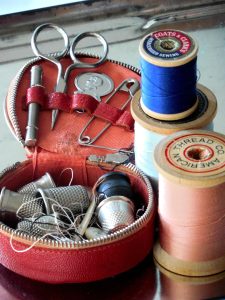
For more information about blanket stitches, including a step-by-step picture tutorial, check out this article Sewing the Blanket Stitch. Additionally, check out the tutorials, videos, and sample projects linked in the references at the end of this chapter.
Hemming it Up
The blanket stitch can be created through hand stitches, a sewing machine, or a serger. The more you practice this stitch, the more confident you will become in your abilities to create consistent stitches that are both beautiful and functional. This stitch can be created by going from left to right or from right to left, so consider altering the direction of the stitching if students are struggling with this concept. Your students may find a specific direction is more comfortable to them depending on which hand is their dominant. To assist students with their development of this new skill, give them time, clear directions, and multiple opportunities to practice their blanket stitches.

Resources
References
Deaton, S. (2021). Teaching Apparel Production. Presentation.

